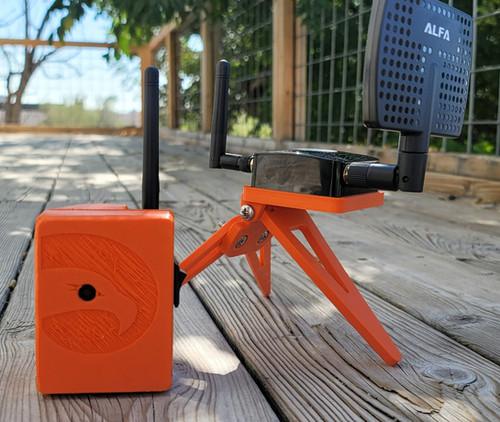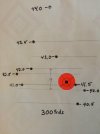Lots of good ways to do load development. I think they are probably all proper / correct. If I were smart I would be recommending some of them over what we do. I would sell more bullets.
Here is my method. I rarely work in increments less than 1g. Only in small cartridges. I run a ladder with one shot per charge all aimed at the same spot. I prefer to work at 200y min as it makes the target more meaningful. Although the target is secondary data in the ladder. If I can see a target that is close to moa for the ladder, even though there was a range in vel of 200 fps, then I know the rifle likes the combo.
The main goal in this ladder is to find pressure. Also I want to see nice consistent, predictable increase in vel with each charge. Consistent increase with each charge almost always produce great loads. I like to start low and work up feeling the rifle with each charge. Some rifles or brass show ejector marks or flat primers with mild loads. No single indicator alone tells the pressure story. All things together tell the story. Vel and change in bolt lift are the two that I pay the most attention to. Low velocity indicates low pressure. High velocity indicates high pressure. Again all things together. If in doubt if your pressure is high, decapping a fired case and re-primming to feel pocket tightness is a good way to tell. Loose primer pocket, pressure is too high. I want to find pressure so I know where it is and back off from it according to how hard I hit it.
If the ladder is loose on the target I generally abandon the combo and move on. Harder in today's supplies situation.
Once I have found the top end and backed off to comfortable, then I shoot multiple of the same charge. Checking for es and accuracy. Accuracy is much more important than es. If ladder was consistent going up, es is almost always low. Usually at this point we are done and zero the rifle and head out to confirm drops. My personal accuracy expectation is solid sub moa. I don't feel the need to tinker for better. We have yet to see solid sub moa at short range fall apart at long range.
Typically a Hammer Hunter, or Power Hammer will net 50-100 fps more than conventional lead core bullets of the same weight. Depends on the rifle.

 www.dpgunworks.com
www.dpgunworks.com

